Figs are the fruit of the fig tree Ficus Carica, which belongs to the Moraceae family. The protein found in dried figs is the best and most beneficial for gain weight.
dried fig protein balls
The common fig tree, Ficus carica, is a symbol of the Mediterranean Basi n, where it has been cultivated for thousands of years. Together with the vine and the olive tree, it forms the trinity of the fruits of this region of the world. Today, figs are considered the oldest domesticated fruit. Indeed, in 2006, 9 parthenocarpic fig trees (whose cultivation required human intervention) were discovered in the Jordan Valley (Palestine). Its antiquity shows that the cultivation of this fig reaches 9400 BC, that is, it was domesticated at the same time as rice in Asia, and a thousand years before wheat, barley and legumes. A very productive fig, it was widely cultivated by the Egyptians, Jews and Persians. The Greeks and Romans ate both fresh and dried figs. In the time of Pliny the Great, twenty-nine different species were already listed. In France, fresh figs appeared in the markets of the capital only in the 14th century. During the reign of Louis XIV, seven hundred fig trees were planted by La Quintini for the royal table. The fig is not a fruit in the botanical sense of the word. It is actually a fleshy vessel which, when ripe, contains an aggregate of scattered acini in an edible pulp. Figs fall into three main categories: green or white, black or purple, and gray or red. Locally, there are several species such as the Algerian fig, Sonia Wolfe fig, white Argentine fig, Brunswick fig, black fig, dotato fig, and Turkish fig. The fig is the forbidden fruit of the tree of knowledge in Genesis. Today, the annual world production of figs is estimated at about 1 million tons. The main producing countries of this fruit are Turkey with an annual harvest of 170,000 tons, Egypt with 122,000 tons, Algeria with 120,000 tons, Morocco with 115,000 tons, Spain, Iran and Syria. The French production of figs for fresh consumption is three thousand five hundred tons, concentrated in the south-east of France, with a still active market in Saulieu-Pont (Var). The fig is a fleshy and sweet fruit that everyone knows. However, it is not just any fruit, because it was consumed by the peoples of the ancient civilizations of the world (in ancient Greece it was known as the fruit of the philosophers), it was even considered a sacred tree. It is now widespread in most countries where it is generally welcome. In addition, in recent years it has been increasingly demanded in the market due to the interest due to the presence of sugars, minerals and antioxidants, which give it a high nutritional value. 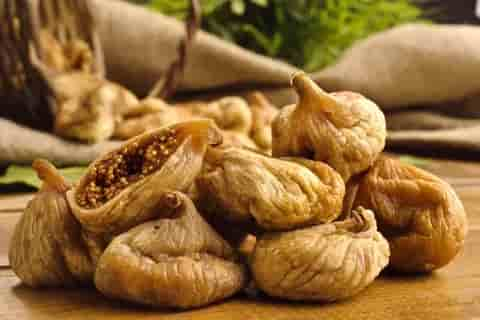
does dried fig contains protein
Fig trees can be considered representative plants, occupying part of the home garden, although their fruits are the main thing, since they are tasty and very nutritious food. It can be consumed in various ways: fresh, dehydrated, or processed in various ways, in products such as jams, syrups, liqueurs or sweets, etc. For marketing, the dehydration or crystallization of the fruit is preferred because it is a living food product, and it is very dangerous to transport it fresh because it is a relatively perishable fruit. When it comes to food, there are not many recipes with fresh figs in traditional cuisine, probably because they are always eaten in their pure state, as it is such a delicious food. But they can be combined with other foods including vegetables like mushrooms, spinach, arugula, andou, andou, nuts, garlic, green onions, etc. Some of the seasonings in this fruit that add richness and flavor are rosemary, oregano, sage, green onion, mint, and black pepper. Although it is arguably most traditionally used as a dessert. In this regard, there are many recipes for fruit salads, sauces, jams, jams, biscuits, breads, biscuits, cakes and generally baked goods such as fig bread. As it is a very sweet and juicy fruit, it is considered high in calories. However, fresh, its calorie content is low (about 85 kcal per 100 g), slightly higher than that of apple (about 52 kcal per 100 g). In addition, this energy comes entirely from its natural sugars (glucose, fructose and sucrose). Besides providing energy, figs are an important source of vitamins and minerals as well as other beneficial substances for our body. It is easy to tell the difference between eating this fruit fresh or dehydrated (dried figs) because with the loss of water (80% fresh versus 30% or less dried), the nutritional value increases in about equal amounts. three in dry parts. Approximate nutritional value of fresh figs (per 100 grams): – Carbohydrates: 15 grams (an important source of energy). Potassium: 250 mg (most abundant nutrient). Calcium: 35 mg (the fig is the richest fruit in calcium). Magnesium: 17 mg (ensures the binding of calcium). Phosphorus: 17 mg (ideal ratio for the mineral balance of the skeleton). Iron: 50 grams of figs provide 6% of the daily requirement for women and 8% for men. – Vitamins: A, some of group B (B1, B5 and B6), C and K. 5 g (including soluble and insoluble fibers). 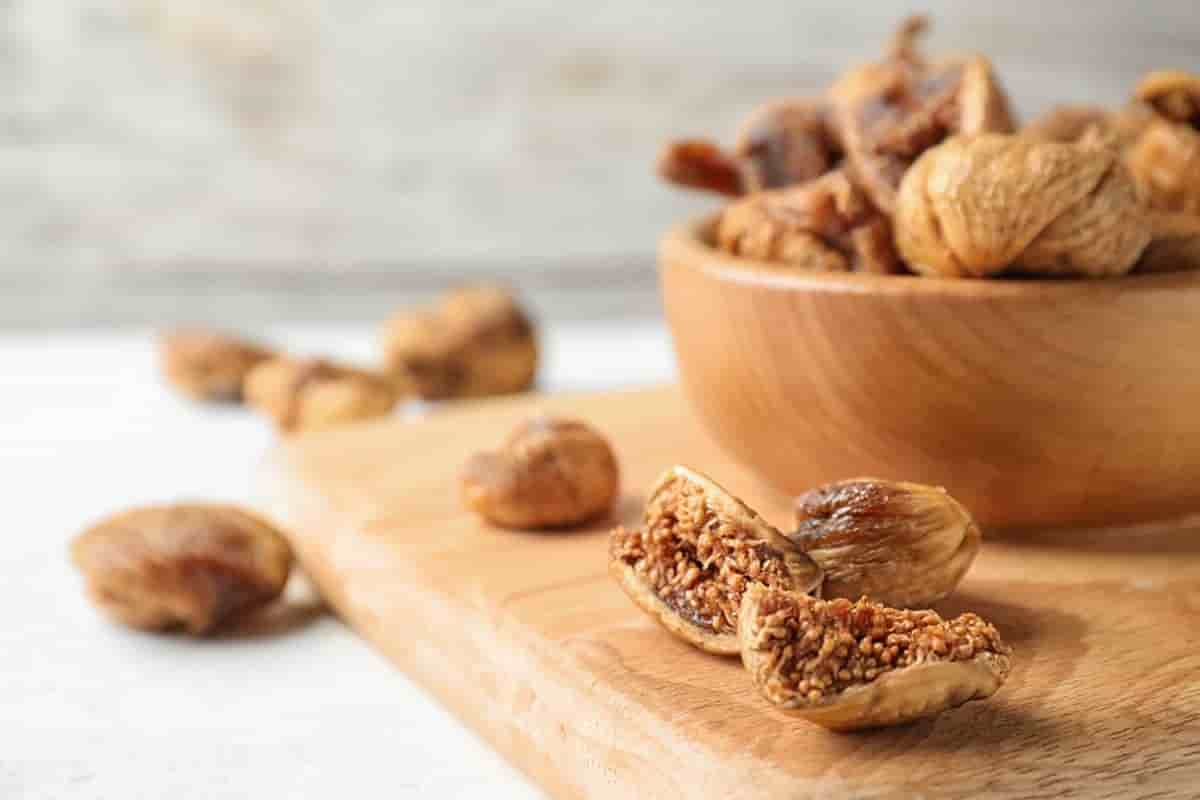
dried figs protein content
– Flavonoids: These are important in small amounts and provide beneficial qualities. They are found in higher concentrations in dark-colored species. As we can see, a moderate consumption of this fruit can improve our health due to the amount of nutrients it contains.
- Advantages and properties
Fig compounds have a number of beneficial effects on the body. The main ones are: Soluble fibers help control cholesterol and blood sugar levels and regulate intestinal transit. Insoluble fibers also facilitate intestinal transit and have a preventive effect on diseases such as colon cancer. The minerals it contains, especially calcium and magnesium, contribute to the maintenance of a healthy nervous and musculoskeletal system. The potassium content helps control blood pressure levels, thereby improving cardiovascular health and maintaining balance in the body. It is also necessary to reduce the effects of high salt intake. The presence of calcium in this fruit promotes the prevention of osteoporosis. Its antioxidants, especially phenolic antioxidants, strengthen the immune system, fight free radicals responsible for problems such as cancer, premature aging, blemishes, water retention, etc. The nutrients and vitamins it contains reduce macular degeneration. 
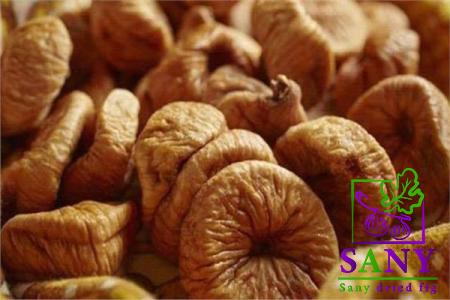
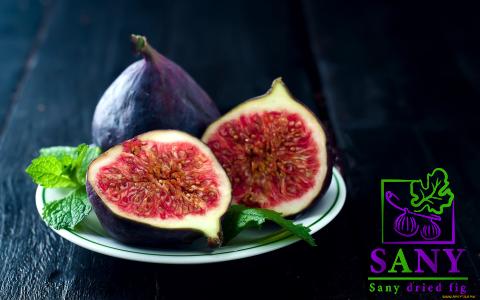
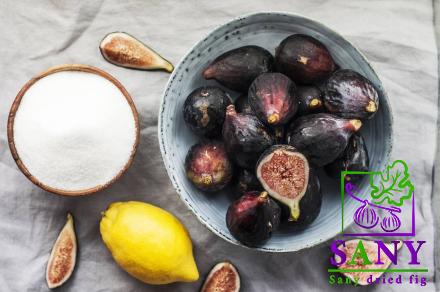

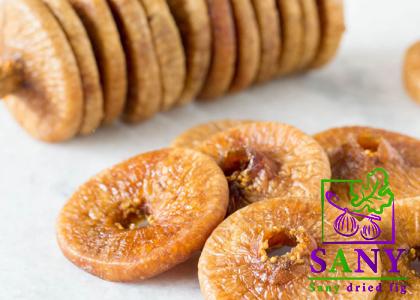
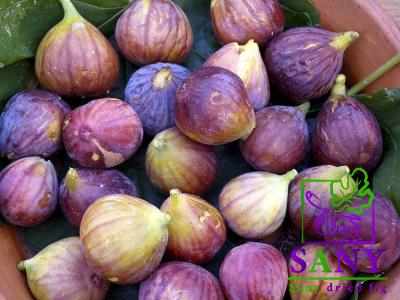
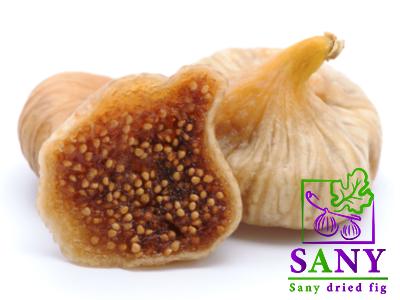
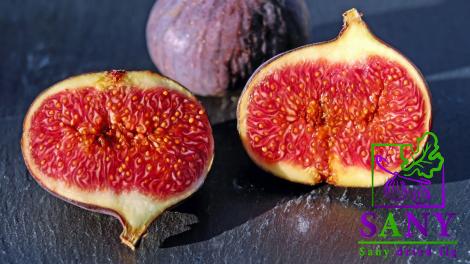
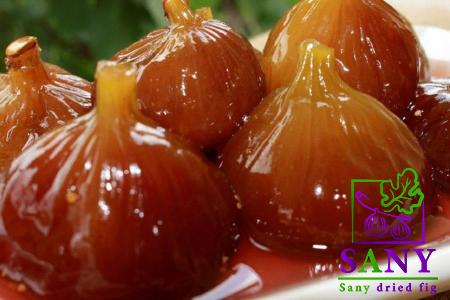
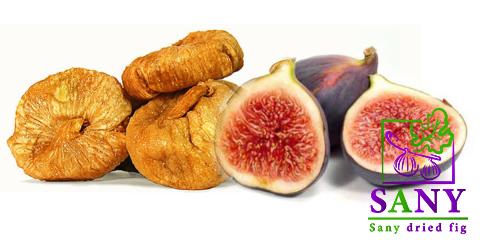
Your comment submitted.